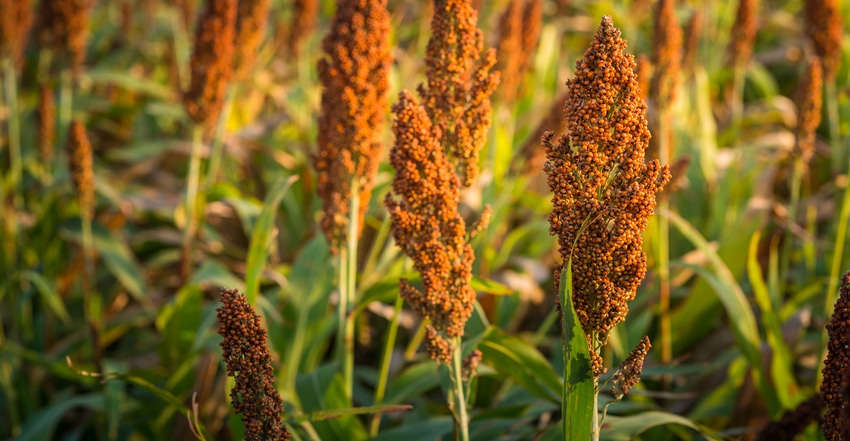December 3, 2020

I am incredibly bullish on U.S. agriculture. During both good times and bad times, I look for the silver lining and use every platform I have to tout the endless possibilities available to farmers in the future. Sure, I’m a glass-half-full kind of guy. No one wants to be around a glass-half-empty kind of guy — especially not in 2020. This year has been depressing enough without me piling on. That bias aside, I really do have big dreams for the sorghum industry and U.S. agriculture over the next few decades.
Last month, I wrote about global market opportunities and reasons to be bullish from a demand perspective. From China today to Nigeria in three decades, the world needs grain now and will need even more in the future. And, the supply side is no less exciting. U.S. farmers are incredibly well-positioned to supply these global markets.
For example, while productivity in Brazil grabs all the headlines, the South American agricultural behemoth has a 10-year average corn yield of just 81 bushels per acre. The U.S., on the other hand, has a 10-year average corn yield of 162 bushels per acre. Worldwide, the 10-year average corn yield is 87 bushels per acre.
To all the U.S. farmers reading this: You are the best in the world! From hundreds of millions of acres of prime farmland to a century’s worth of know-how to unparalleled crop genetics, you have advantages that make you the envy of the world. Be proud of that.
Marketing, emerging opportunities key
Despite my bullishness, I think it’s important to keep a few things in mind. Farmers must remember to engage in marketing and actively work to capitalize on emerging opportunities here and abroad. U.S. agriculture can’t wait for these opportunities to emerge and expect to sell crops at record prices indefinitely when they do.
After all, the best cure for high prices is high prices — and if there’s an opportunity, it’s a safe bet someone will take advantage. I’ll do everything in my power to make sure U.S. farmers are positioned to do so.
Aggressive hedging and forward selling is one way to actively engage, but there are other ways to do this as well. Taking advantage of value-added market opportunities is probably the best method, and in sorghum’s case, doing this could completely change the nature of the value chain for those farmers who wish to participate.
Most importantly, it would remove any discounts driven by the crop’s substitutability relative to corn and ensure sorghum would be valued based on its inherent usefulness to the end-user. In certain markets, that inherent usefulness is worth $1 to $2 per bushel above the market. Premiums like this could be transformational for U.S. farmers.
Just remember, those markets will commoditize, as well. In their book “The Innovator’s Solution,” Clayton Christensen and Michael Raynor detailed the disruption of the steel industry. In that industry, low-cost mini-mills began with the lowest-margin product offering in the industry and slowly worked their way up the value chain, commoditizing each product until traditional integrated steel producers were left with no margins, even in their highest-value product offerings. To avoid the same fate, we must always be on the lookout for new higher-margin, value-added opportunities here and abroad.
As always, there are no silver bullets, and capitalizing on new opportunities when those big dreams for U.S. agriculture come true will be hard work. Fortunately, I think U.S. farmers are up to the challenge.
Duff is executive vice president for National Sorghum Producers. He can be reached by email at [email protected] or on Twitter @sorghumduff.
About the Author(s)
You May Also Like






